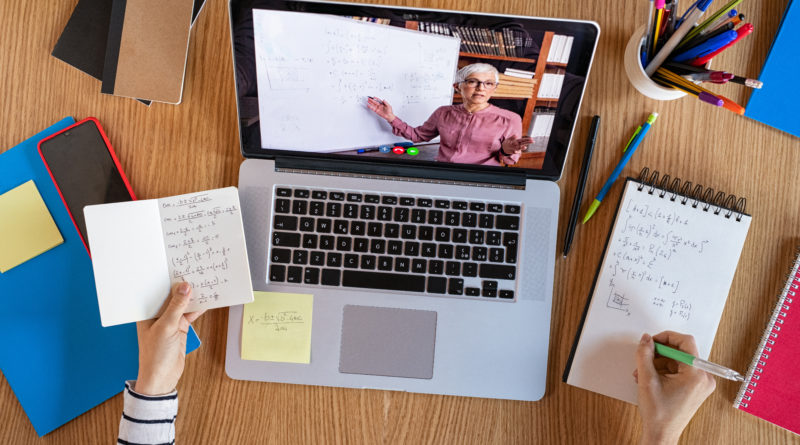How Is COVID-19 Impacting Education?
18,774 total views, 1 views today
The COVID-19 pandemic has forced people around the world to place strict limits on group gatherings. The absence of live music venues, bars, movie theaters, restaurants, and other entertainment and social settings has, for many people, felt glaring during the pandemic, but more integrally to the advancement of society, education in the COVID-19 era quickly shifted to entirely online, at-home models when the virus began spreading exponentially in the U.S in March.
With public schools and private universities reopening for a new school year within the next two months, debates about the future shape of education have now taken center stage. Two topics in particular about COVID-19 and education have become mounting sources of frustration for many students, parents, and teachers.
ICE requires international students to take in-person classes
Earlier this week, the U.S. Immigration and Customs Enforcement (ICE) announced its new policy that international students who do not take at least one in-person class during the fall 2020 semester may be subject to “removal proceedings” and have their visas revoked. With COVID-19 all but requiring that the vast majority, if not all, classes move online to ensure social distancing and minimize interpersonal transmission of the virus, many people quickly voiced their objections to ICE’s new rule.
Leading figures in scientific academic research have said that ICE’s new COVID-19 education policy is not just needlessly cruel to international students, but potentially dangerous to the advancement of American scientific research. Two of the most prestigious universities in the U.S. filed a joint lawsuit against ICE, and Massachusetts attorney general Maura Healey – who is overseeing the case – claimed that ICE’s rule is illegal. Similarly, the Association of American Universities called the new rule “immensely misguided.” Many leading universities and several individual professors within this institution have spoken out against the rule and begun discussions about how they can assist international students who may be affected.
Trump threatens to cut federal education funding
Recently, the U.S. Centers for Disease Control and Prevention (CDC) issued guidelines for reopening schools when the new school year begins. President Donald Trump tweeted on Wednesday that he found these guidelines “very tough,” “expensive,” and “impractical.” That same day, Vice President Mike Pence said during a press briefing that, next week, the CDC would share new guidance on reopening schools. The following day, CDC director Robert Redfield insisted that, though new guidelines would indeed arrive soon, the CDC would not be modifying the initial guidelines that Trump criticized.
Trump’s comments came shortly after Education Secretary Betsy DeVos said that the department might withhold federal funding from schools that decide not to fully reopen for the new school year. However, according to U.S. Representative Rosa DeLauro (D-CT), who chairs the House Committee on Education and Labor, the Education Department has no such power. Trump nevertheless restated in a tweet Friday morning that, should he get his way, the federal government will not fund schools that don’t reopen. However, according to William Mathis, managing director of the National Education Policy Center, only Congress can allocate education funds. Any interference from the executive branch could result in a court case.

